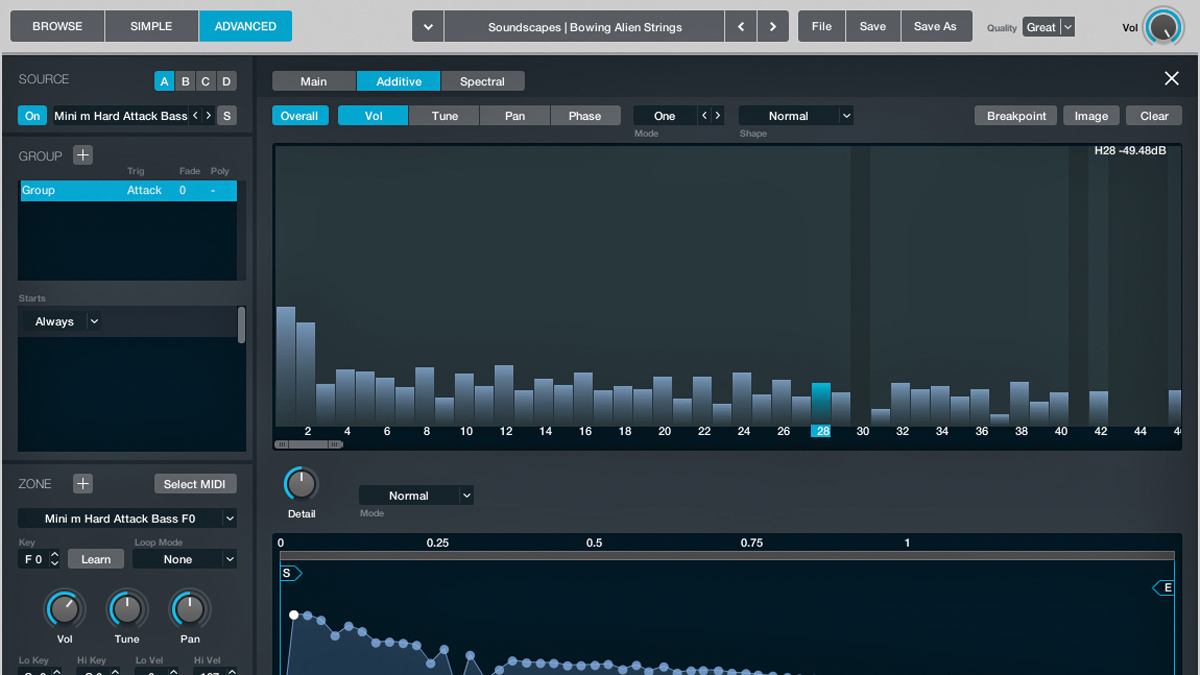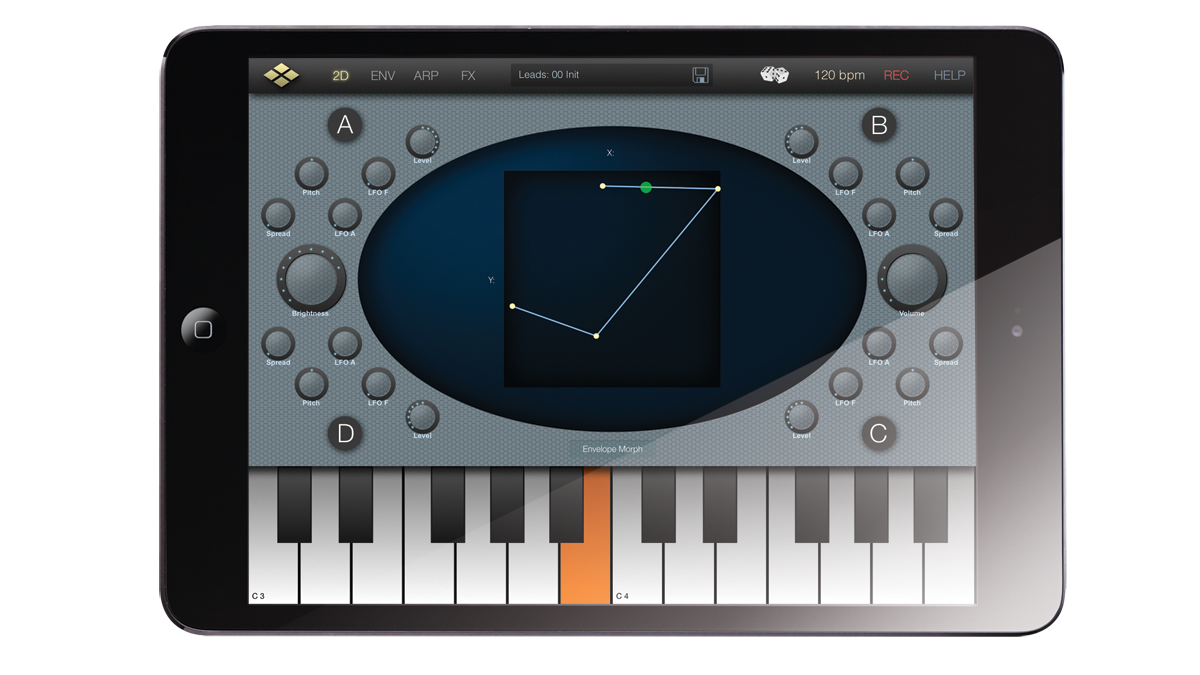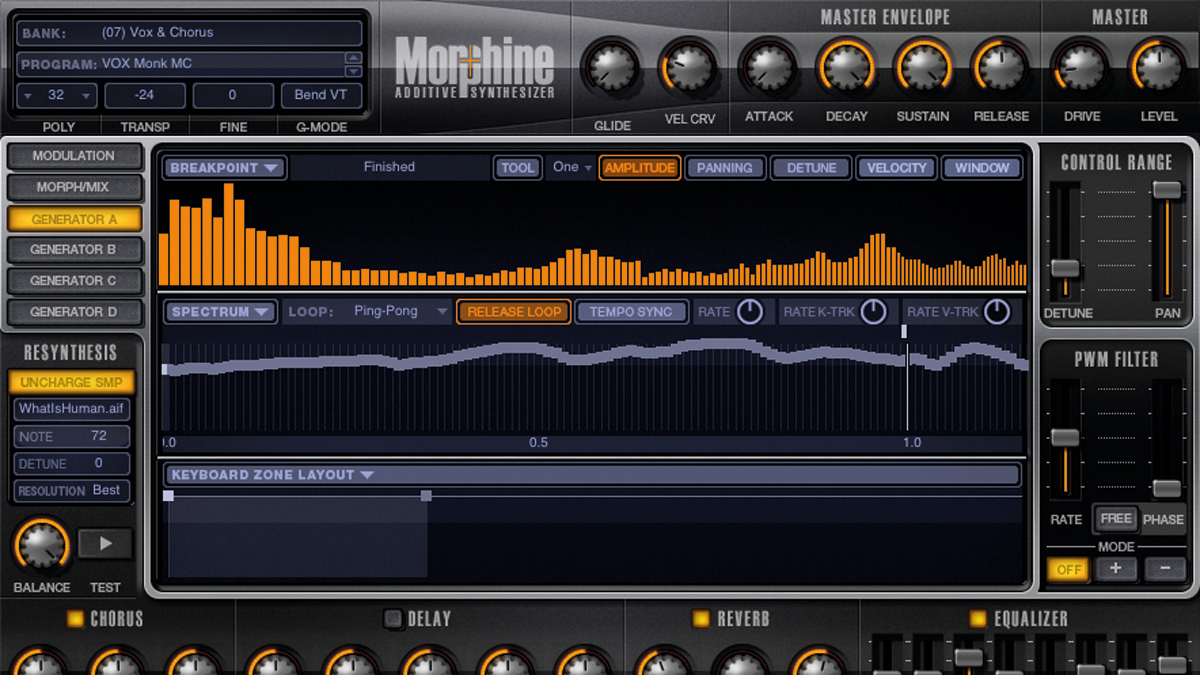Blast from the past: DK Synergy
In an era when analogue reigned supreme, an unlikely cadre of researchers was breaking the mould and attempting to predict the future of synthesis

These days, synthesisers are big business, and as such, instrument manufacturers tend to play it safe, pumping out variations on previous successful designs. But this wasn't always the case - take, for example, the DK Synergy. This awesome additive instrument got its start in, of all places, Bell Labs.
Once a division of AT&T, Bell Labs have always been interested in far more than just lining the coffers of the telephone company. In fact, their work has been awarded numerous patents and no less than eight Nobel prizes. We have Bell Labs to thank for, among other things, radio astronomy, the transistor, lasers, Unix and C++ - but we're interested in more important things: musical technologies!
In the early 70s, Bell boffin Hal Alles set to work on some research. His task was to find a way to cancel echoes through phone lines, and what he created would eventually lead to the development of a high-speed additive synthesis engine. After a decade of analogue synths with their simplistic waveforms, this new type of synthesis had the potential to break the sonic mould. Alles' technology first appeared on the market (well, sort of), baked into a keyboard called the General Development System (GDS).
Built in 1979, the GDS was a beast of a machine, with 32 sliders to program its 32 additive oscillators. As its name suggested, it was only meant as a development tool for future products - but that didn't stop Wendy Carlos from embracing the system and using it to great effect in her score for Tron. The system cost a whopping $27,000, and only a half dozen were made, but a cheaper model was on the way…
Feature rich
In 1982, GDS manufacturer MTI had changed their name to DK (Digital Keyboards), and were ready to release a machine for the masses. The Synergy was a preset-only additive synthesiser with some very interesting features: first, there was a keen 74-note velocity-sensitive keyboard that offered control of up to four sounds. The keyboard's split point could be made to follow the position of the player's hands - by all accounts, this actually worked very well indeed.
The Synergy's sounds were built from additive oscillators capable of producing up to 32 partials. Unlike with most additive synths, these partials were not limited to sine waves, but could draw upon a hybrid wave that combined both triangle and saw characteristics. Complex multistage envelope generators were used to shape the amplitude and pitch of those partials.
A four-voice sequencer was included, as was the ability to load in more presets from optional cartridges. Eventually, a new and improved Synergy II+ was made. This one offered niceties such as MIDI and computer interfacing (with the KAYPRO II computer) for designing one's own sounds.
Get the MusicRadar Newsletter
Want all the hottest music and gear news, reviews, deals, features and more, direct to your inbox? Sign up here.
Unfortunately, the arrival of Yamaha's DX7 signalled the death knell for the much costlier Synergy, but not before it found a place on records by artists including Donald Fagen, Fred Becker and Hall & Oates. Ahead of the game and still interesting, the Synergy is only now beginning to garner the respect it deserves.
Three awesome additive instrument

Apple Alchemy
Formerly Camel Audio Alchemy, this one features a powerful resynthesis engine. Alchemy combines the attributes of a fully loaded sampler, an additive resynthesizer and a complex virtual subtractive synthesiser in a potent musical powerhouse. Like it or not, though, Alchemy is now available only to Logic Pro X users, the lucky bleeders.
READ MORE: Apple Alchemy

Virsyn Cube
Also available as a more comprehensive VST/AU plugin (Cube 2, €160), this iPad synth is a great place to start getting into the sounds of additive synthesis. Cube gives you the ability to reach out and manipulate envelopes, seven effects, an arpeggiator, and an X/Y pad for morphing duties, all to sculpt its additive synthesis-based sound sources.
READ MORE: Virsyn Cube

Image-Line Morphine
Image-Line offer a number of additive synthesisers, but Morphine remains one of the best. With 128 partials to play with, morphing, multistage envelope generators and modulation to burn, there's no end to the sounds it can produce. Throw in the obligatory additive resynthesis engine and you'll never run out of sonic possibilities.
READ MORE: Image-Line Morphine


Computer Music magazine is the world’s best selling publication dedicated solely to making great music with your Mac or PC computer. Each issue it brings its lucky readers the best in cutting-edge tutorials, need-to-know, expert software reviews and even all the tools you actually need to make great music today, courtesy of our legendary CM Plugin Suite.










